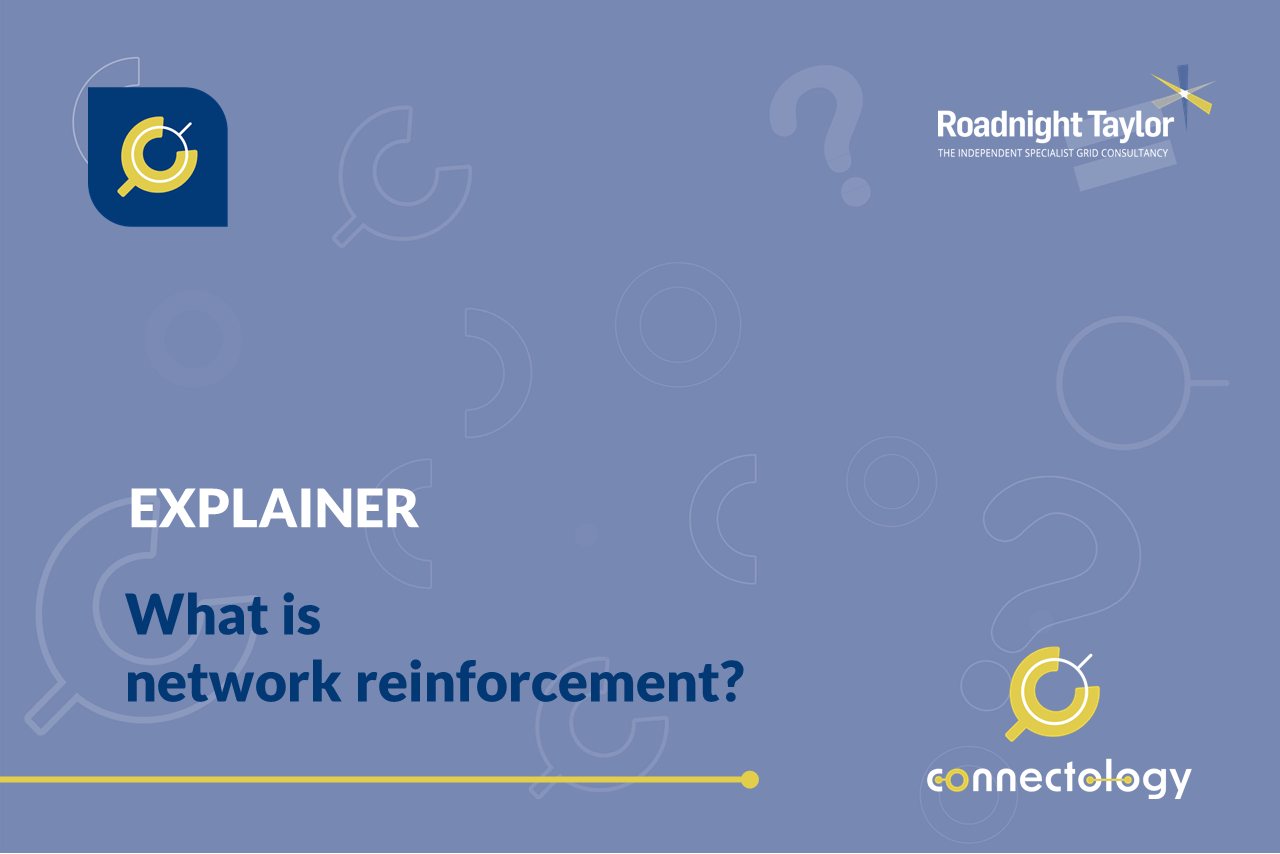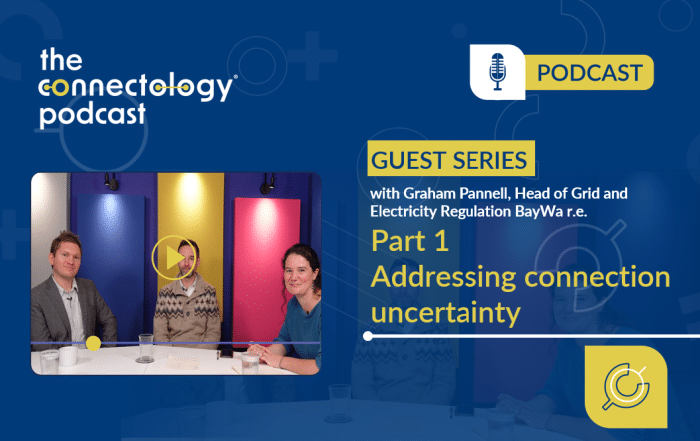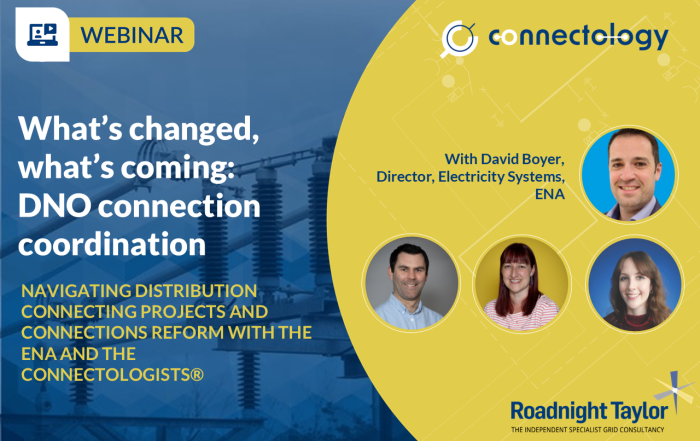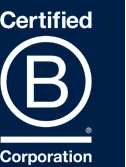What is network reinforcement?
If an electricity network will be overloaded by load growth or a specific new connection, the capacity of the network will have to be increased. This increasing of capacity of the network is generally termed 'reinforcement'.
Article by Pete Aston – acknowledged expert in networks
Pete joined Roadnight Taylor from Western Power Distribution, the UK’s largest DNO, where he was Primary System Design Manager. He led a team of sixty responsible for all connections and reinforcement of the extra high voltage network and oversight of the roll out of active network management across all four of WPD’s licence areas.
First written: 1 April, 2022. Last review: 25 June, 2025

The electricity network is built up mainly of overhead lines, underground cables and transformers, all of which have to carry electricity from one place to another. When electricity flows through these bits of equipment, they heat up, but they mustn’t get too hot or they would be damaged. The more electrical power that flows, the hotter they get.
Every piece of electrical equipment is therefore given a power rating, to prevent them from getting too hot. These ratings are sometimes referred to as thermal ratings, due to the relationship between the current that is flowing and their temperature.
The maximum level of power flowing through different parts of the electricity network will change over time, for example, due to changes in customer behaviour, new technologies coming onto the market (such as LED light bulbs reducing demand, or electric vehicle charging increasing demand) and new housing developments. These gradual changes can cause increases in power flow and the network companies monitor and predict the changes in these power flows to ensure that no bits of network have power flowing through them greater than their rating.
What is the impact of new connections?
New connections will also trigger changes to power flows on the network, usually increasing them. Network companies again need to assess whether new connections of generation or demand will result in overloads of bit of equipment.
If the network company has identified bits of equipment that will be overloaded due to general load growth or a specific new connection, they will need to identify the best solution to increase the capacity of the network. This increasing of capacity of the network is generally termed as reinforcement.
What reinforcement solutions are available?
There are a number of reinforcement solutions available to a network company, depending on the piece of equipment predicted to be overloaded. Examples are:
- Overhead lines. The wires on an overhead line (normally referred to as conductors) can sometimes be replaced with conductors with a larger cross-sectional area (i.e. a higher rating). The limitations to this will be the strength of the towers (pylons) or wood poles supporting the conductors, and how close to the ground the new conductors will sag.
- Underground cables. A new cable can be laid along the route of the existing cable. This will involve the ground being excavated and the new cable laid at the bottom of the trench.
- New circuits. Instead of giving the existing circuits a higher rating, the network company can install additional new circuits.
Who pays for network reinforcements?
Reinforcement charging is very complex. There are significant differences depending on whether the connection is to the distribution network or the transmission network, as completely different rules apply. On the distribution network, there are differences between how reinforcement is applied to demand and generation, with generation connections typically having more ways to trigger reinforcement and certain rules that can lead to very high charges.
New connections to the grid will not only pick up costs for reinforcement works their connection has triggered, but they may also pick up costs towards reinforcement works that have already been triggered by earlier connections. This is referred to as a second comer charge and is covered by the Electricity (Connection Charges) Regulations (ECCR).
The basic principle of reinforcement charging is cost apportionment. In simple terms, the cost of the reinforcement is charged to the connecting customer on the basis of the capacity the customer requires as a proportion of the new capacity of the network following reinforcement. For example, a 5MW solar farm might trigger the reinforcement of a 33kV circuit, with a total cost of £500k. If the new rating of the network following the reinforcement is 30MW, then the solar farm developer would be charged 5/30*£500k = £83.3k. 5/30 (or 16.7%). This is referred to as the Cost Apportionment Factor (CAF).
How can Roadnight Taylor help you?
Roadnight Taylor can help you to understand the likely requirements for reinforcement that your desired connection may trigger, the potential cost of such reinforcements, and strategies as to how to limit or avoid them in your specific instance. Our Connectologists® advise a range of customers on reinforcement cost avoidance, day-in-day-out, from reinforcement schemes of tens of £thousands to those of tens of £millions.
Contact us
To find out how we can help you understand the impact of network reinforcement on your proposed grid connection, call us on 01993 830571 or send us a message via our contact form.











